As teachers we want all children to thrive as readers; we want them to have both the skill and will to read. We can give them the skills they need to read through our daily reading lessons. Ensuring they have the will to read rests on them choosing their own books and reading for their own pleasure.
Enabling all children to find the books that inspire them to read, is the focus of this article.
One of the cornerstones of encouraging children to read for pleasure is having sufficient books that meet their interests, or as I said in my TTS Book Corners article – having a range of books with child appeal
Child appeal comes in many shapes and sizes including topics that children are interested in, genres they love to revisit and attractive illustrations that grab their attention. It also comes from books where children can imagine themselves as the protagonist; from books that introduce them to heroes they aspire to be like, whether fictional or real life. It can also come from reflecting something of the child’s own life, be that a shared experience, a similar family or a shared physical resemblance.
Why is representation so important in children’s reading?
Imagine, then, being a child who is unable to view themselves as a storybook protagonist because they’ve never seen someone that looks like them as the main character in a story. Imagine being the child that is unable to find role models in books because people from their family background are rarely featured in books. Imagine being a child that thinks they won’t realise their aspirations because people like them are not shown achieving highly in the books they’ve read. Child appeal rests on children find themselves, potential heroes and role models in the books they read. When they’re unable to connect themselves and their experiences to books, children are less likely to have the will to read regardless of how skilful their reading might be. We need books that represent all our children.
Rudine Sims Bishop referred to books as offering children ‘windows, mirrors and sliding glass doors’. By this, she meant that books give children windows into new worlds, reflections of their own world, and the chance to step through a sliding glass door into the world of the book they’re reading. If you’d like to watch Rudine Sims Bishop talking about her analogy, I strongly recommend you watch this short video here.
Whilst providing diverse books enables children the opportunity to see themselves represented in books. It does so much more. It offers validation to underrepresented children, it creates a strong sense of worth and helps foster positive self-images. The same books also offer windows to the other readers. They get to open a window on a world different to their own and so develop empathy but also come to see that there is more than one way to view the world. Representative books ensure that children see that we all have far more in common than that our differences.
When we consider our book stock from the diverse perspectives of the children in our classes – assessing how well they reflect our children’s experiences – we can often see that we have work to do,
Use this checklist as a place to start…
- Include books that represent the ethnic and cultural backgrounds of your class
- Expand your representative book collection to include books about wider differences (e.g., disability, emotional well-being, different families).
- Include books by diverse authors and illustrators.
- Include diverse non-fiction books in your collection.
- Find books that include diverse characters whose difference is not the main theme of the book.
- Use representative books to explore themes such as prejudice and inclusion.
- Look for books where the main character represents diversity.
- Build a collection of books about real life figures who represent the children in your class.
- Include representative books in your story times.
- Use representative books in your schemes of work and for guided reading lessons.
Building a collection of representative books is a powerful way to ensure that all children feel involved not only in the reading life of your school, but the whole life of your school. Representative books have child appeal, they encourage children to read, making them an essential tool to ensure that all children have the will to read.
If you’re looking for more information on representative books you may find the following information helpful.
The CLPE produce annual reports detailing the level of representation in newly published children’s books. As well as detailing how many books feature children from ethnic minority groups, the reports also outline wider features that make books authentically representative.
https://www.sla.org.uk/support-for-primary-schools
The Schools Library Association provide a free to download BAME author list for primary schools. They also have a Wellbeing and Mental Health booklist for children in KS1 and KS2 which would support you to extend your book collection to represent children with wellbeing issues.
Love Reading For Kids has a list of 80 titles representing children from diverse backgrounds.

Article written by Rachel Clarke
Rachel is an experienced educational trainer and author with over 10 published titles including the popular Reading Detectives series. Rachel is now the director of the Primary English Education Consultancy; an organisation dedicated to raising standards in literacy.


